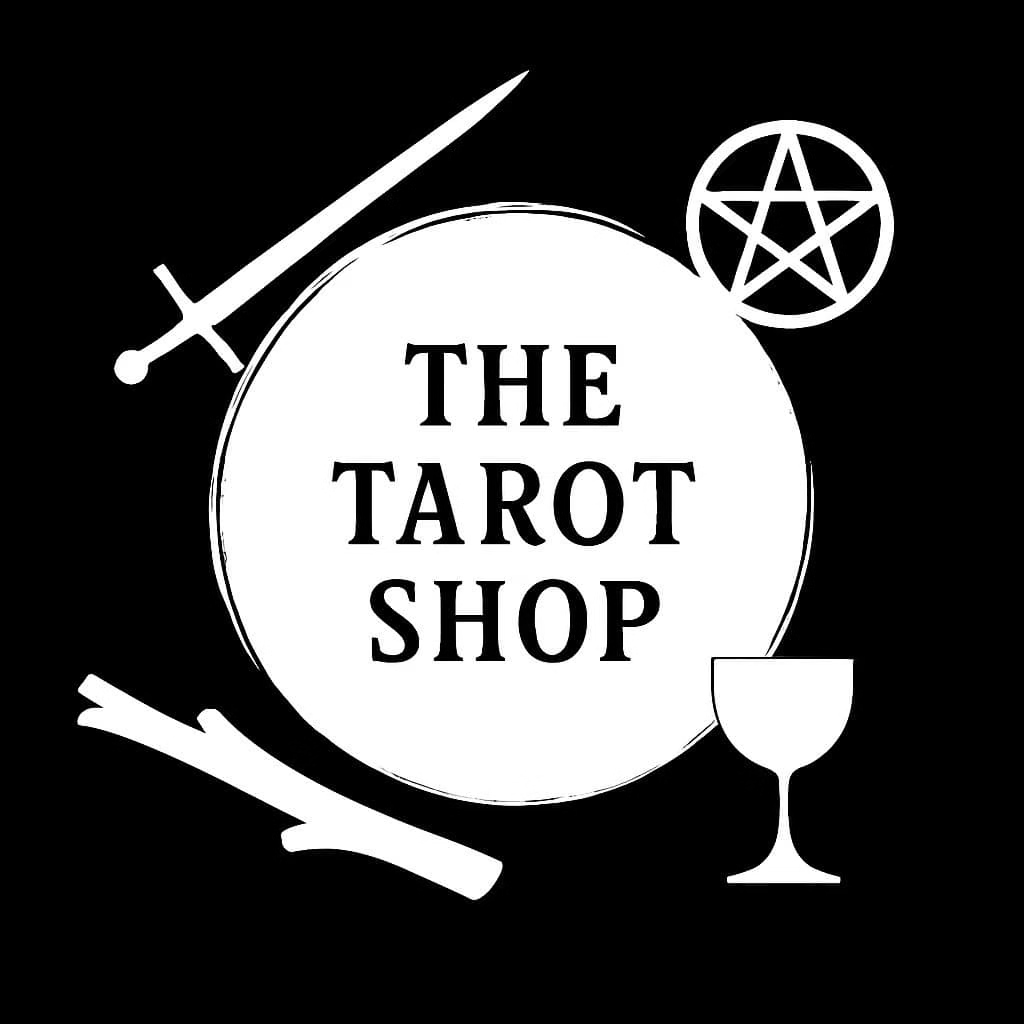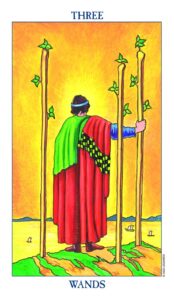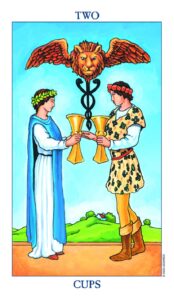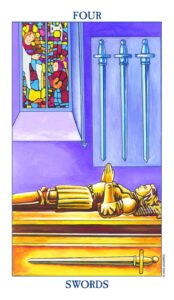What are the Minor Arcana?
Tarot packs are traditionally divided into five main sections — and while the Major Arcana often get the spotlight, the Minor Arcana are where most of the story unfolds.
The Major Arcana – 22 cards that represent major turning points and spiritual lessons. I cover these in a separate post [HERE].
The Minor Arcana – The 56 remaining cards, reflecting the thoughts, emotions, actions, and material experiences that make up everyday life.
The Minor Arcana are divided into four suits, and each suit contains 14 cards: cards numbered 1 through 10, and four Court Cards (Page, Knight, Queen, King). Each suit focuses on a different aspect of life:
Cups (also called Hearts) – Emotions, feelings, love, intuition, connection. These cards relate to the people, places, and things we care about deeply.
Pentacles (also called Coins) – Money, finances, work, home, and the material world. These cards are about how we build and sustain physical security.
Wands (also called Staves or Rods) – Energy, action, ambition, growth. Wands often point to work, creativity, passion, and movement.
Swords – Thoughts, beliefs, mental clarity, challenges. These cards represent the realm of the mind — sometimes sharp, sometimes stuck, but always powerful.
This is where we find the real juice in a reading. When we lay the cards out in a spread, each position reveals its own message depending on what card lands there. For example, in a traditional Celtic Cross spread, position 8 usually represents how the person sees themselves. If that card happens to be a Cup, we know they’re feeling emotional or connected. A Pentacle suggests they’re focused on finances or stability. A Wand? Likely busy, driven, or frustrated. A Sword? They’re deep in their thoughts — or perhaps battling them.
It’s amazing how the mind can shape someone’s self-image. When we come across those gnarly old Swords, it’s often our role as a Reader to gently confirm: it really is all in the mind. That’s where the Minor Arcana becomes so powerful. It gives us the real-world insights — and often, the clues for real change.
Most of our early tarot learning happens right here in the Minor Arcana. And that’s no accident. Back in 1909, Arthur Edward Waite and Pamela Colman Smith made tarot history by creating full illustrations for these cards. Until then, the Minor Arcana were simply pip cards — like playing cards, with little or no imagery. Thanks to their work, we now have a visual language for all 56 cards, rich with symbols, patterns, and meanings that have stood the test of time.
At first glance, 56 cards might feel overwhelming to learn. But don’t worry — I’ve got you. If you use my number-and-keyword system, you’ll start to notice a pattern straight away. All the Aces (1s) tend to carry the same core meaning, as do the 2s, the 3s, and so on — the energy just shifts depending on the suit.
To help you visualise this, I’ve created four diagrams (one for each suit), showing these number patterns in action. You’ll find them below. You might also notice I haven’t included the Court Cards here — that’s because I cover them in a separate post [HERE].
With a little practice and some pattern-spotting, you’ll soon be reading the Minor Arcana with clarity and confidence.



